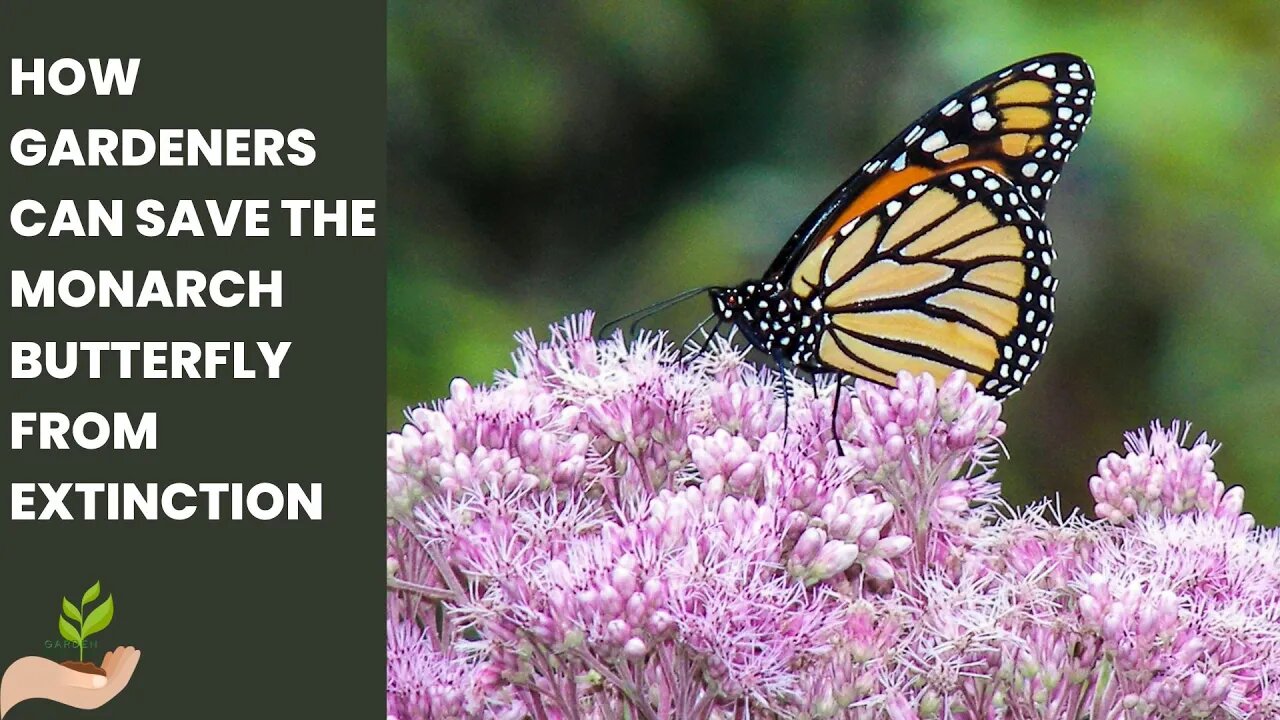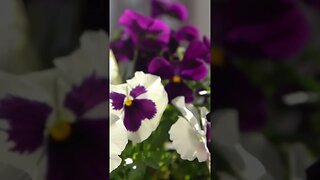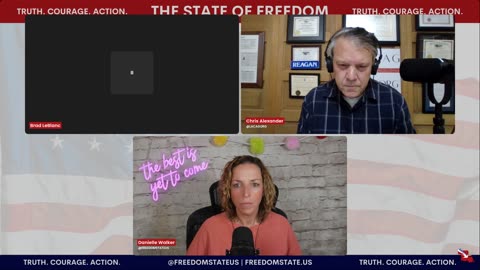Premium Only Content

Monarch Butterfly: How Gardeners Can Save Monarch Butterflies from Extinction
How Gardeners Can Save the Monarch Butterfly from Extinction.
Monarch butterflies are a threatened species. But gardeners have the power to help them back from the brink of extinction. This stunning, vibrant species, scientific name Danaus Plexippus, exists only in North America. They enjoy moderately warm temperatures, migrating from Canada to Mexico to find the perfect environment.
Unfortunately, their population is declining due to a variety of factors, including loss of habitat and the use of pesticides. But milkweed, the plant that monarchs rely on for food and shelter, is also at risk of extinction.
The destruction of milkweed poses an enormous problem, as the plant, Asclepias incarnata, is the only food source for them to feed their young.
Monarch butterflies can lay their eggs only on milkweed plants. After the caterpillars hatch, they feed on milkweed leaves. Again, we reiterate. These leaves are the only food source to nourish monarch caterpillars.
The decline of milkweed is primarily due to the loss of natural habitat and the use of herbicides and pesticides on farms, in gardens, and in development of suburban areas. These chemicals can kill milkweed and other essential food sources for adult monarchs, such as nectar-producing flowers.
How gardeners can help save the monarch butterfly from extinction.
Here are five ways you can foster monarchs.
Plant a variety of nectar and host plants that attract monarchs and other pollinator insects. Nectar plants, such as marigolds, asters, and zinnias, provide the energy required for monarchs to migrate and reproduce. Most importantly, of course, is to stop calling the milkweed a "weed" and destroying it. Instead, plant it in your yard.
Avoid the use of chemical pesticides and herbicides. These poisons can kill monarchs, their larvae, and the plants they rely on.
Install a shallow birdbath or another fresh water source. Monarch butterflies require water, so provide a shallow birdbath or a bowl with a few stones or sticks to land on and cool off without drowning.
Plant native flowers in your garden. Many native flowers provide a long bloom season, are well suited to the local climate and soil, and provide food for monarchs and other pollinators.
Participate in a citizen science project with the Monarch Larva Monitoring Project or another conservation agency. Citizen science projects are great ways to help monarchs and other pollinators. Projects range from counting butterflies to tracking the monarch migration or recording what plants you have in your garden.
By understanding the things we can do to help this majestic insect, we can better understand the importance of preserving these species. Gardeners can play a vital role in saving this beautiful butterfly. Thus, we can ensure that the monarch butterfly population is protected and restored for future generations.
Thank you for watching. And please like and subscribe for more valuable, science-backed content to help you achieve gardening success.
Image and music licensed via Canva Pro
Blog post of this content: https://gardenrevelations/monarch-butterflies
-
 0:56
0:56
Garden Revelations
1 year agoPansies: The perfect way to add color to a fall garden (lasting to early winter in North Carolina)
101 -
 LIVE
LIVE
The Big Mig™
2 hours agoViolence & Burning The U.S. Flag, Democrats New Battle Cry
5,219 watching -
 27:39
27:39
Crypto.com
1 hour ago2025 Live AMA with Kris Marszalek, Co-Founder & CEO of Crypto.com
5.35K -
 LIVE
LIVE
The State of Freedom
2 hours ago#327 Digging Deeper into the Carbon Capture Scam w/ Brad LeBlanc
29 watching -
 38:39
38:39
VINCE
3 hours agoThis Is How The Media Spins The News | Episode 111 - 08/26/25
42.9K41 -
 LIVE
LIVE
Badlands Media
7 hours agoBadlands Daily: August 26, 2025
4,014 watching -
 LIVE
LIVE
GritsGG
2 hours agoWin Streaking! Coloring Hair at End of Stream! Most Wins 3435+ 🧠
158 watching -
 1:56:45
1:56:45
Dear America
3 hours agoNO MORE BURNING FLAGS!! 🇺🇸 Trump Signs Order Making It ILLEGAL!! + Trump Is SUING NEWSOM!
73.8K58 -
 LIVE
LIVE
JuicyJohns
3 hours ago $0.64 earned🟢#1 REBIRTH PLAYER 10.2+ KD🟢
105 watching -
 1:56:23
1:56:23
Law&Crime
2 hours ago $0.63 earnedLIVE: Adelson Matriarch Murder Trial — FL v. Donna Adelson — Day 3
10.7K